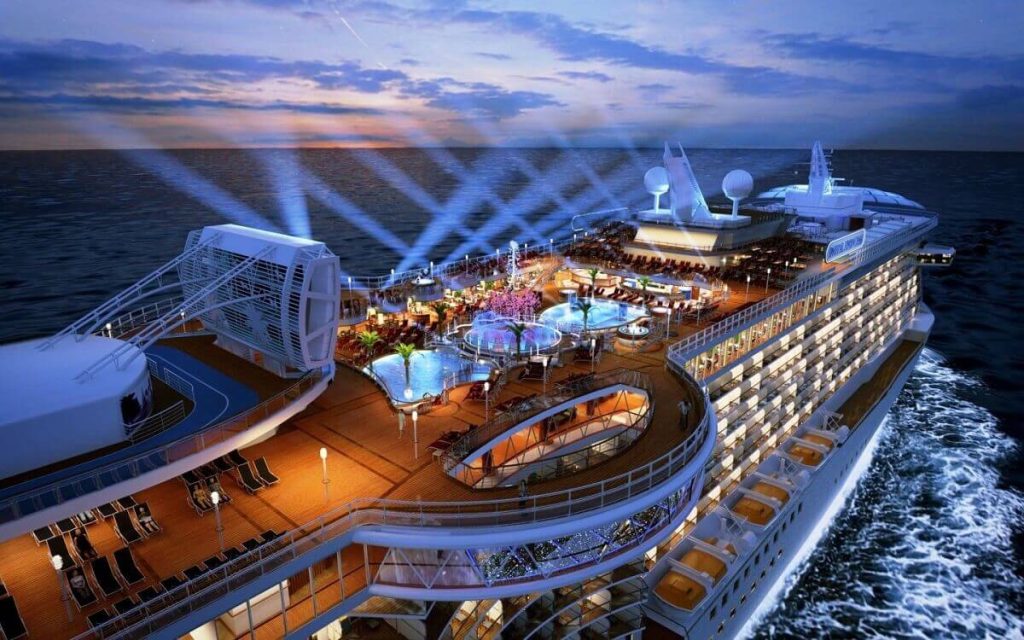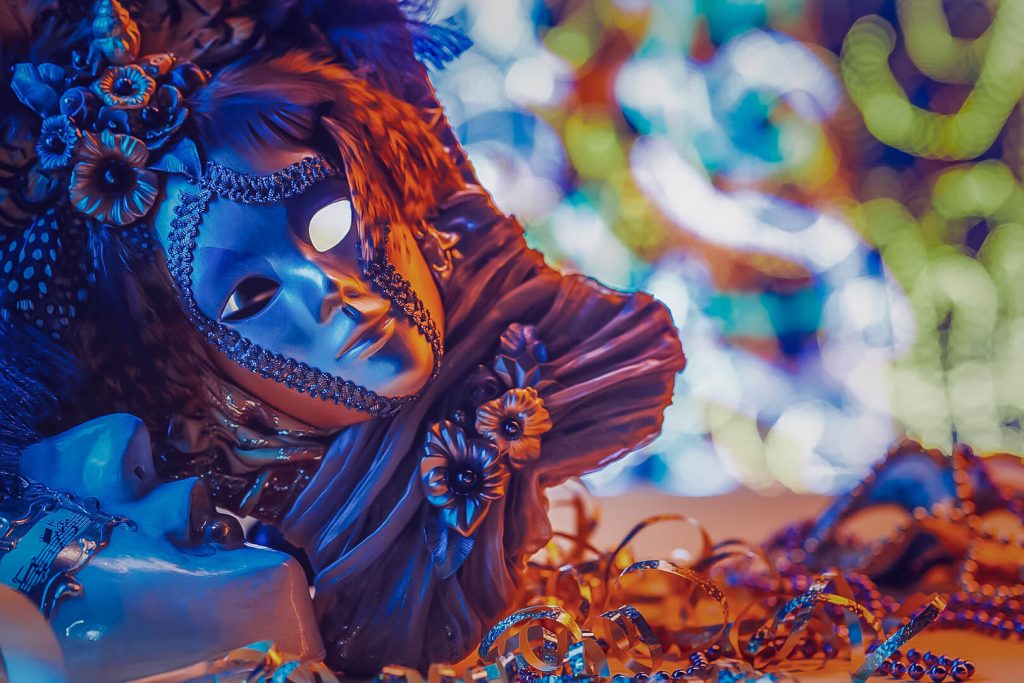Boat travel—especially on a cruise—offers a distinctive and all-inclusive vacation. Still, there are benefits and drawbacks to take into account, much as with any kind…


Rwanda, formally referred to as the Republic of Rwanda, is a tiny yet notable nation located in East Africa. This landlocked country, commonly known as the “Land of a Thousand Hills” because of its rolling terrain, presents a distinctive amalgamation of natural splendor, intricate history, and cultural variety. Notwithstanding its turbulent history, Rwanda has evolved as a symbol of advancement and peace in the area, catching global attention with its tenacity and resolve.
Located just south of the Equator, Rwanda holds a key position at the intersection of the African Great Lakes area and Southeast Africa. The nation’s boundaries adjoin Uganda to the north, Tanzania to the east, Burundi to the south, and the Democratic Republic of the Congo to the west. The terrain of Rwanda exemplifies the various beauty of the African continent.
The nation’s terrain is characterized by mountains in the west, transitioning to savanna in the southeast. This diverse environment features multiple lakes, forming a visually appealing mosaic of terrains. Rwanda’s elevated terrain results in a moderate to subtropical climate, marked by two yearly wet seasons and two dry seasons. This distinctive climatic pattern significantly influences the nation’s agriculture and biodiversity.
Rwanda is the most densely inhabited country on the African mainland. Among nations over 10,000 square kilometers, it is the seventh most densely inhabited globally. This demographic density poses both obstacles and possibilities for national development and resource management.
Kigali, the capital and largest city, functions as the political, economic, and cultural center of the country. It is a swiftly modernizing metropolitan hub that exemplifies Rwanda’s aspirations for the future while maintaining its rich cultural history.
Rwanda’s demographic profile is notably characterized by its youthful population. The nation possesses one of the youngest demographics worldwide, with a substantial percentage of its populace under the age of 30. This demographic dividend offers significant possibilities for innovation, economic expansion, and social change.
The history of Rwanda is an intricate tapestry of native evolution, colonial impact, and post-independence challenges. The territory was first inhabited by hunter-gatherers throughout the Stone and Iron Ages, establishing the groundwork for the subsequent cultural richness.
The Bantu peoples then came, introducing sophisticated agricultural methods and social frameworks. Gradually, the populace structured itself into clans and subsequently into kingdoms. The 15th century was a pivotal moment with the ascendance of King Gihanga, who consolidated many adjacent regions to become the Kingdom of Rwanda.
By the mid-18th century, the Kingdom of Rwanda emerged as a preeminent power in the area. The Tutsi monarchs extended their domain via military victories, centralizing authority and enacting unifying policies that defined the nation’s character.
The late 19th century witnessed European colonialism in Rwanda. Germany initially conquered the nation in 1897 as a component of German East Africa. Subsequent to Germany’s loss in World War I, Belgium assumed control in 1916. Both European powers governed via the established Rwandan monarchy, perpetuating and frequently intensifying the socioeconomic differences between the Hutu and Tutsi people.
The seeds of discord planted throughout the colonial period yielded adverse consequences in 1959 when the Hutu populace insurrected against the Tutsi-dominated regime. This insurrection resulted in extensive violence and signified the start of a turbulent era in Rwanda’s history. Rwanda attained independence in 1962 under a Hutu-dominated administration, with Grégoire Kayibanda serving as its inaugural president.
The post-independence period was characterized by political instability and ethnic strife. A military coup in 1973 elevated Juvénal Habyarimana to office, perpetuating the pro-Hutu policies of his predecessor. The escalating tensions culminated in a full-scale civil war in 1990 when the Tutsi-led Rwandan Patriotic Front (RPF) launched a campaign against the government.
The killing of President Habyarimana in April 1994 triggered one of the most somber periods in Rwanda’s history — the Rwandan genocide. During a span of over one hundred days, it is believed that between 800,000 and 1 million Tutsis and moderate Hutus were exterminated. The RPF’s military triumph in July 1994 concluded the genocide and initiated a new epoch for Rwanda.
Since 1994, Rwanda has been administered by the RPF, operating essentially as a one-party state. Paul Kagame, a former leader of the Rwandan Patriotic Front, has held the presidency since 2000. Under his leadership, Rwanda has undertaken an ambitious agenda of national reconciliation, economic advancement, and modernization.
Despite Rwanda’s considerable progress in mitigating corruption and enhancing its economy, issues persist. The nation persists in attaining poor rankings in global assessments of governmental openness, civil freedoms, and quality of living. Rwanda’s dedication to advancement is seen in its swiftly expanding tourist industry, which has emerged as the nation’s primary source of foreign money.
Rwanda’s population, originating from a singular cultural and linguistic group called the Banyarwanda, consists of three subgroups: the Hutu, Tutsi, and Twa. The Twa, a pygmy group residing in forests, are sometimes regarded as the indigenous residents of the region.
Christianity is the principal religion, surviving with traditional beliefs and a smaller Muslim minority. Kinyarwanda is the primary national language, although English, French, and Swahili are acknowledged as supplementary official languages, indicative of the nation’s colonial past and its contemporary role in the global arena.
Currency
Founded
Calling code
Population
Area
Official language
Elevation
Time zone
Rwanda, formally referred to as the Republic of Rwanda, is a tiny yet notable nation located in East Africa. This landlocked country, commonly known as the "Land of a Thousand…
Boat travel—especially on a cruise—offers a distinctive and all-inclusive vacation. Still, there are benefits and drawbacks to take into account, much as with any kind…

From Rio's samba spectacle to Venice's masked elegance, explore 10 unique festivals that showcase human creativity, cultural diversity, and the universal spirit of celebration. Uncover…

From Alexander the Great's inception to its modern form, the city has stayed a lighthouse of knowledge, variety, and beauty. Its ageless appeal stems from…

While many of Europe's magnificent cities remain eclipsed by their more well-known counterparts, it is a treasure store of enchanted towns. From the artistic appeal…

Home France is recognized for its significant cultural heritage, exceptional cuisine, and attractive landscapes, making it the most visited country in the world. From seeing…

© All Rights Reserved. By Travel S Helper